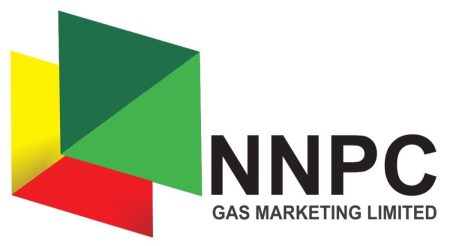World oil demand growth will accelerate next year, adding to the pressure on available supplies, the International Energy Agency (IEA) said today, contradicting a more conservative outlook from producer group Opec.
In its first 2012 forecast in a monthly report, the IEA said oil use would grow by 1.47 million barrels per day to 91 million bpd. The agency also trimmed its estimate of demand growth this year to 1.20 million bpd.
The IEA’s 2012 prediction was more than the 1.32 million bpd expected by Opec but lower than a forecast from the US Energy Information Administration. It expects all of the growth next year to come from emerging economies.
“Aside from economic growth, downside pressures from higher-than-expected oil prices also represent a risk to the forecast,” said the Paris-based IEA, which advises 28 industrialised countries.
Differences between Opec and consumer nations widened after the 12-member producer group in June failed to reach a deal on a Saudi-led proposal to increase output.
In response, the IEA decided to release oil from emergency stocks for only the third time since it was founded in 1974 to fill the gap in supplies left by the disruption to Libya’s output.
The IEA today maintained the stocks move had added supply of high-quality crude to a tight market and the agency took “a resolutely positive view” of the strategy so far, Reuters reported.
“The point of the stock release was to add some liquidity and flexibility into the market. I think we’ve done that,” David Fyfe, head of the IEA’s oil industry and markets division, told Reuters.
However, the oil price is currently higher than it was before the release. Opec said the use of stocks had had no impact, while investor Jim Rogers on Wednesday called it “meaningless” to the market.
Brent oil for August delivery was trading earlier today at $117.13 a barrel, down 62 cents, while US crude with the same settlement date fell 40 cents to $97.03 a barrel.
The drop was attributed to a report from the American Petroleum Institute that said US supplies increased for the first time in six weeks – by 2.34 million barrels to 359.4 million last week – as refineries cut operating rates.
Fyfe said the IEA had yet to decide whether it would release more supplies and reiterated it would make a decision 30 days after the initial announcement on 23 June.
Next year’s demand expansion follows on from lowered expectations for this year.
In the report, the IEA trimmed its 2011 global demand growth estimate by 70,000 bpd, citing the impact of high prices and a weaker economic outlook for developed economies.
While Opec did not formally agree to boost its supplies at last month’s meeting, the IEA report added to evidence that core members are pumping more crude.
The IEA said Opec output rose significantly in June following a unilateral supply increase from the group’s leading exporter, Saudi Arabia.
According to the IEA, Saudi Arabia pumped 9.7 million bpd in June, just shy of the 9.8 million bpd cited by a senior Gulf Opec delegate on Tuesday.
Overall, Opec production in June increased by nearly 850,000 bpd compared with May, the IEA said, but it still took the view that Opec oil output would remain well short of expected demand.



